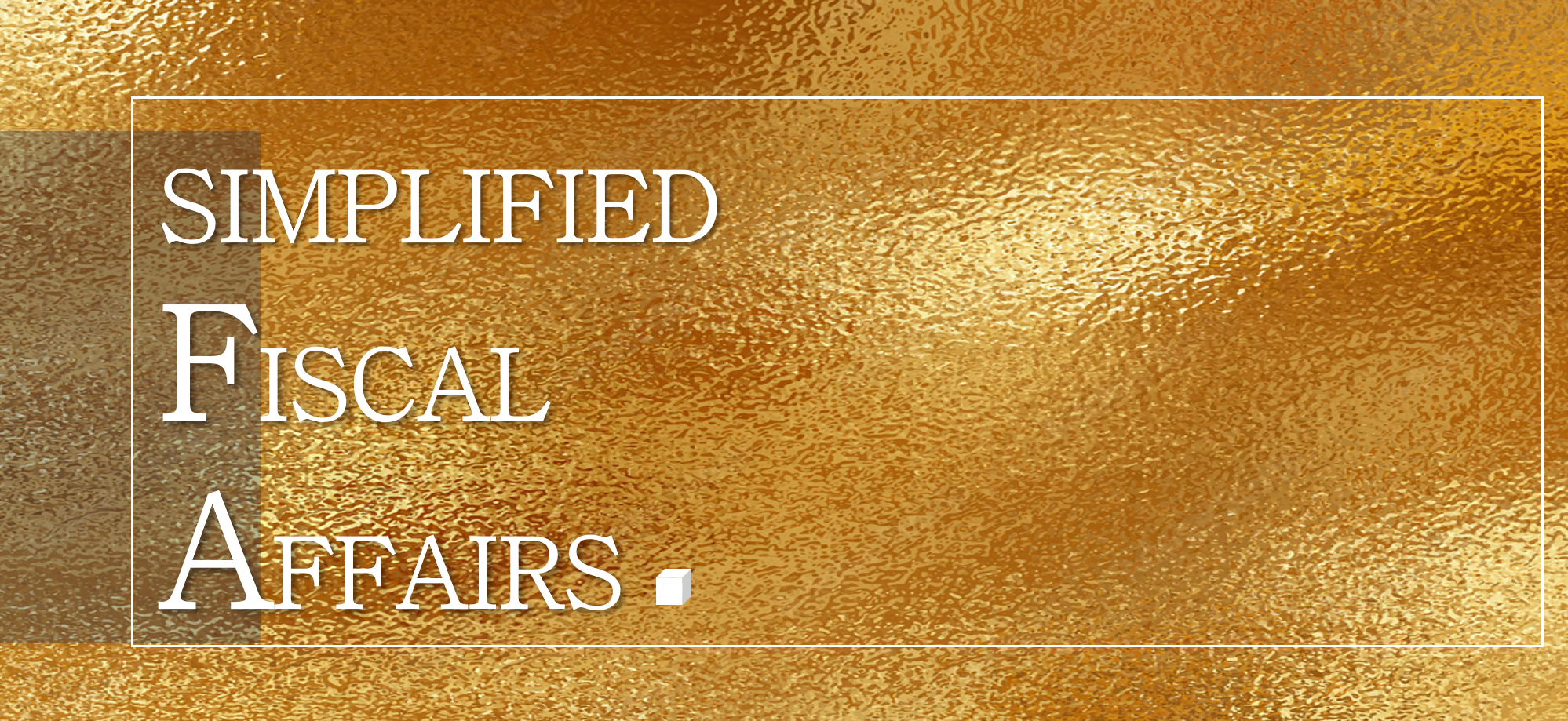
Introduction To GST:
GST stands for ‘Goods and Services Tax’.
The brand ambassador chosen to promote the Goods and Services Tax (GST) was Amitabh Bachchan.
The first nation to implement GST in 1954 was France.
India has adopted the GST model from the Country, Canada.
GST is 122nd Amendment Bill, 2014 and 101 Constitutional Amendment Act.
101 Constitutional Amendment Act, makes sure that the various indirect taxes are paid to the government by introducing a substitute; in the form of GST, making it a single indirect tax. GST is a comprehensive tax, which permits both the Central government and the State governments to assess excise duty, Octroi tax, customs duty, service tax, entry tax, entertainment tax, other indirect taxes, all substituted by the GST.
Assam was the first State to accept GST, whereas, Jammu and Kashmir was the last State to implement GST.
The Vijay Kelkar Committee recommended GST.
GST was introduced with the intent to demolish the cascading effect which was prevalent before its introduction. The cascading effect is defined as the tax which is charged on taxes paid. It increases the price payable of goods and services.

Features of GST:
- GST stands for Goods and Services Tax.
- It is a One Nation One Tax.
- GST is a substitute for all the indirect taxes.
- It is of an indirect nature.
- GST is a comprehensive tax.
- It reduces the transaction and compliance costs.
- Reduces tax evasion, dishonest dealings or frauds.
- GST includes 17 types of indirect taxes.
- It is a multi-staged or multilevel tax.
- GST has a unique number known as the (GST- IN) GST- Identification Number consisting of 15 digits.
- It is a destination based tax. For example; A car is produced in Maharashtra and further sold in the State of Gujarat, in this case the consumer state which is Gujarat, will be considered as the destination of the tax. The consumer state will get the tax.
- The GST offers facility of multislabs of tax rates which range from 0% to 28%.
- It is based primarily on VAT (Value Added Tax) and further demolishes the cascading effect.
The cascading effect is defined as the tax which is charged on taxes paid. It is the taxwhich is levied on goods and services at every stage. The tax that is levied on the value includes the tax that was paid by the previous buyer. This means that the consumer ends up paying tax on tax that was already paid. It increases the price payable of goods and services.

GST Slab Rates:
- 0%: Perishable goods like milk, eggs, cereals.
- 5%: Sugar, spices,tea.
- 12%: Computers, processed foods.
- 18%: Capital goods, industrial intermediaries, cosmetics, iron and steel.
- 28%: Air conditioner, luxury items, cars, cements, consumer durables, fireworks, perfumes.

Types of GST:
- CGST: CGST stands for Central Goods and Services Tax which is used to replace various taxes like service tax, excise duty and this is charged and collected by the Central government.
- SGST: SGST stands for State GOODS and Services Tax which is used to replace taxes like sales tax, entry tax and it is charged and collected by the State government.
- IGST: IGST stands for Integrated Goods and Services Tax, is the combination of the CGST and SGST which is charged and collected by the Central government.
- UT-GST: UT-GST stands for Union Territory Goods and Services Tax. This consists of the CGST and the UT-GST.
Taxes Included In GST:
- State Tax
- Central Sales Tax
- Purchase Tax
- Luxury Tax
- Octrio Tax
- Entry Tax
- Custom Duty
- Purchase Tax
- Entertainment Tax
- Service Tax
NOTE: Items like petrol, gas, electricity, wine do not come under the GST framework.

GST Council Composition (Article 279 A)
- Union Finance Minister- Chairperson
- Union Minister of State incharge of revenue- Member
- State Finance Ministers of Finance- Members
The Union Finance Minister is the Chairperson of the GST Council.
Weight-age:
- Union: 1/3rd Weight-age
- State: 2/3rd Weight-age
Heardquarter:
Delhi
Functions of GST council
- The decision are taken by majority, at least 3/4th of the members presented and voted.
- To make a list of indirect Taxes.
- To determine the standard rates for GST.To determine the date from which crude oil, petrol, diesel, aviation turbine fuel and natural gas will be put under the GST framework.
- Estimate special rates pertaining to GST under special circumstances like natural disasters emergency situations, if any.
- To settle disputes between the Union and States.


